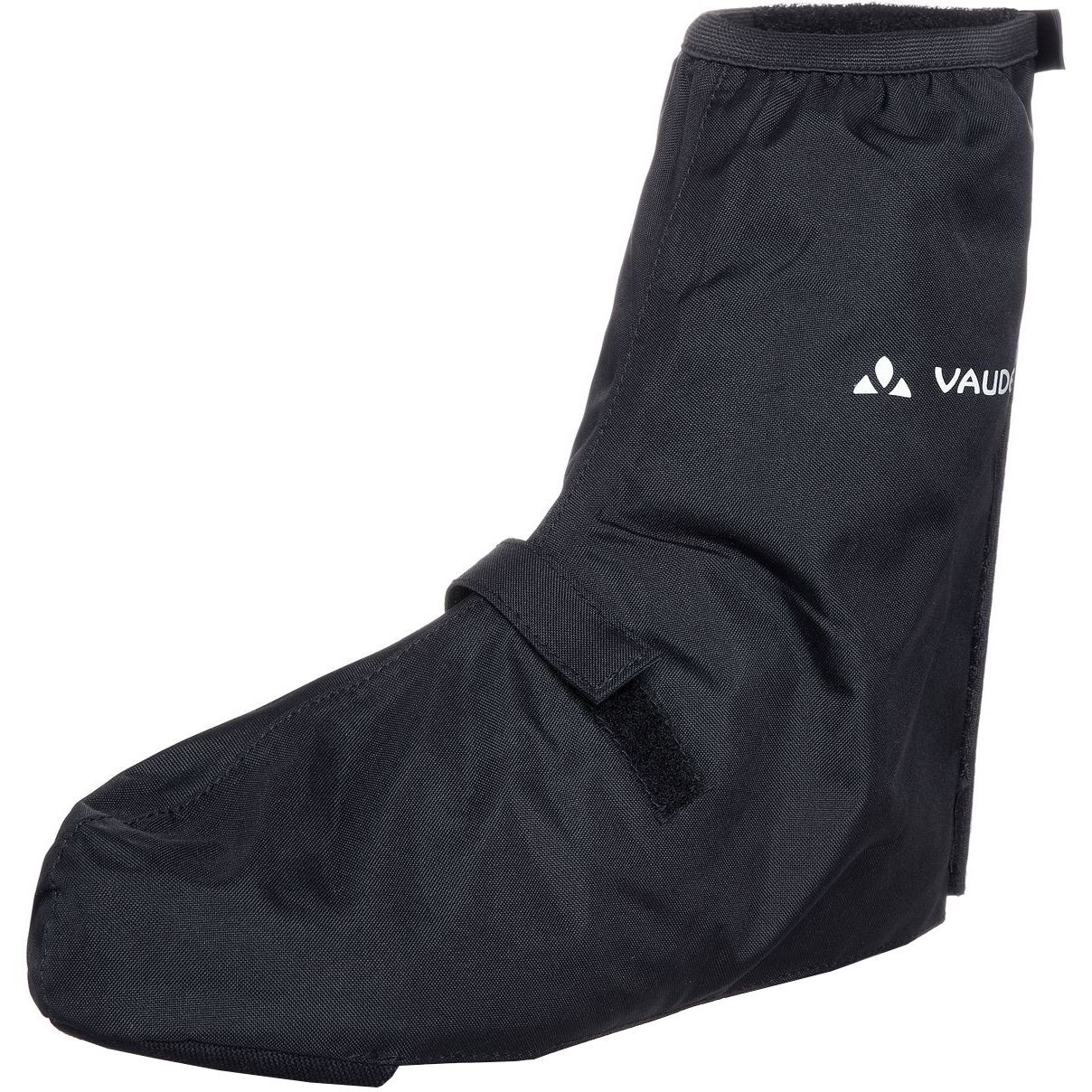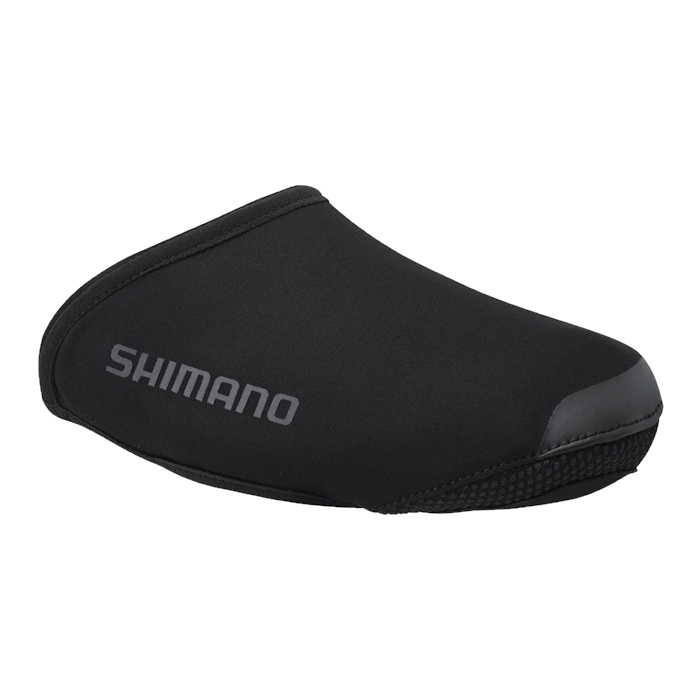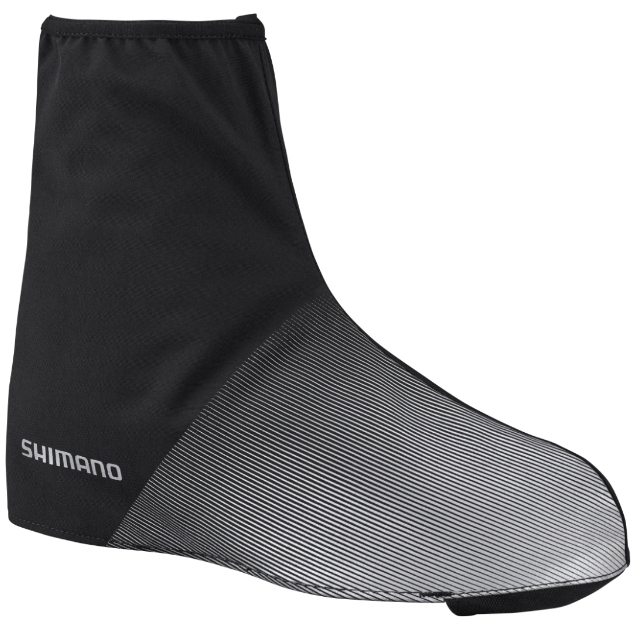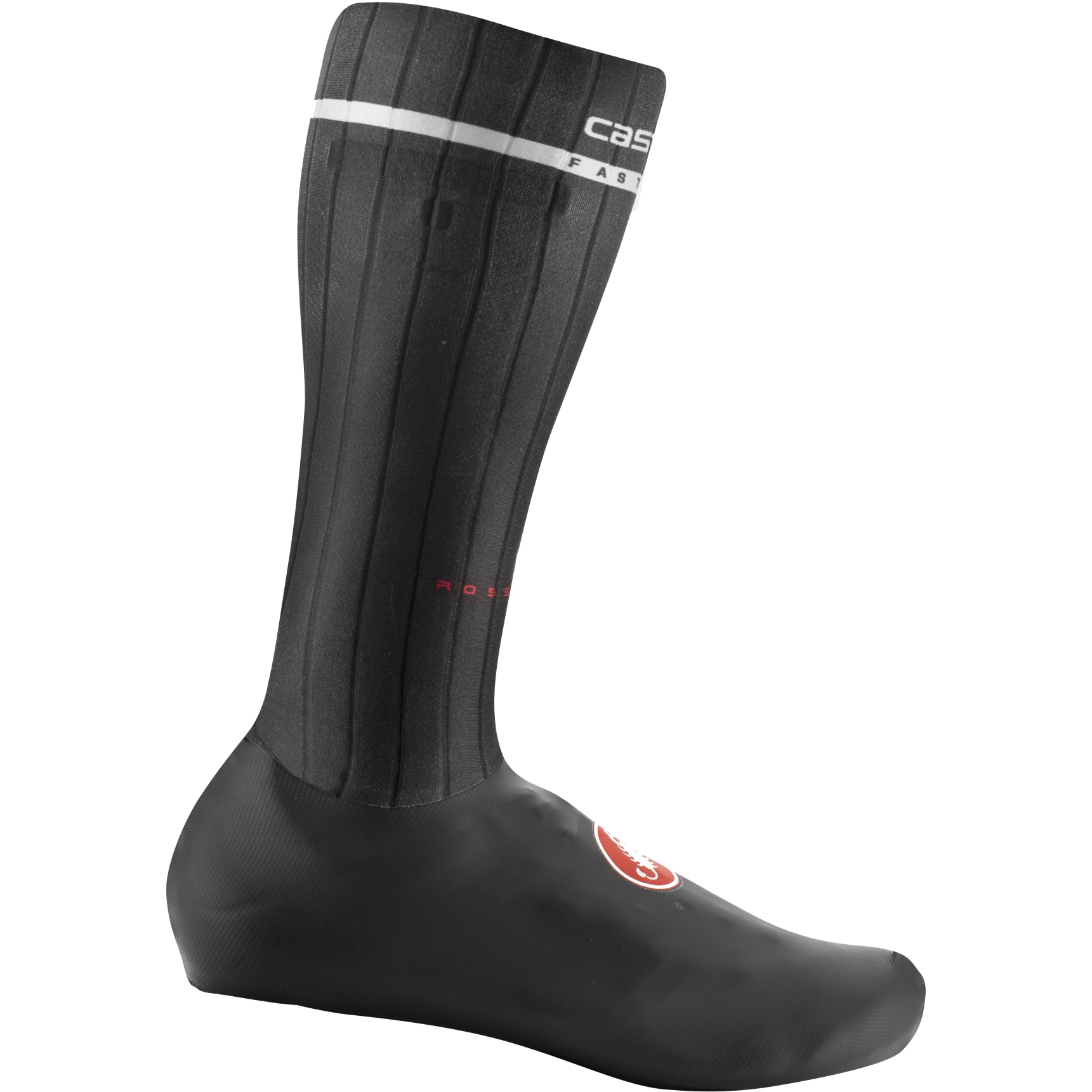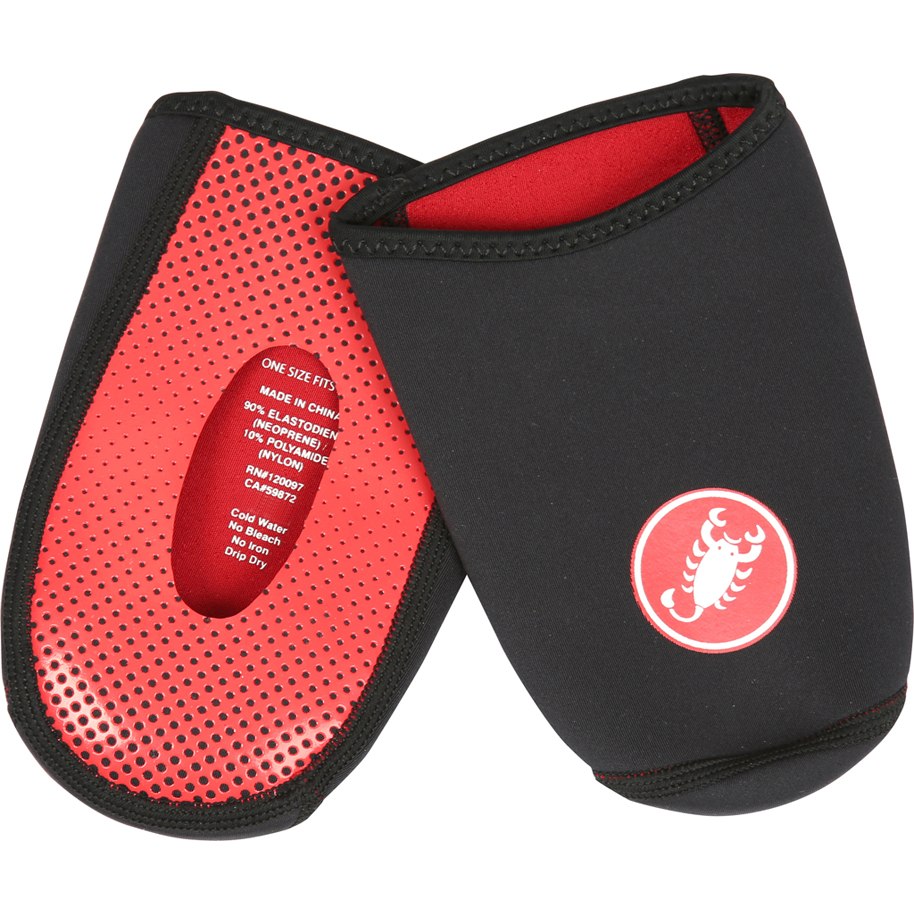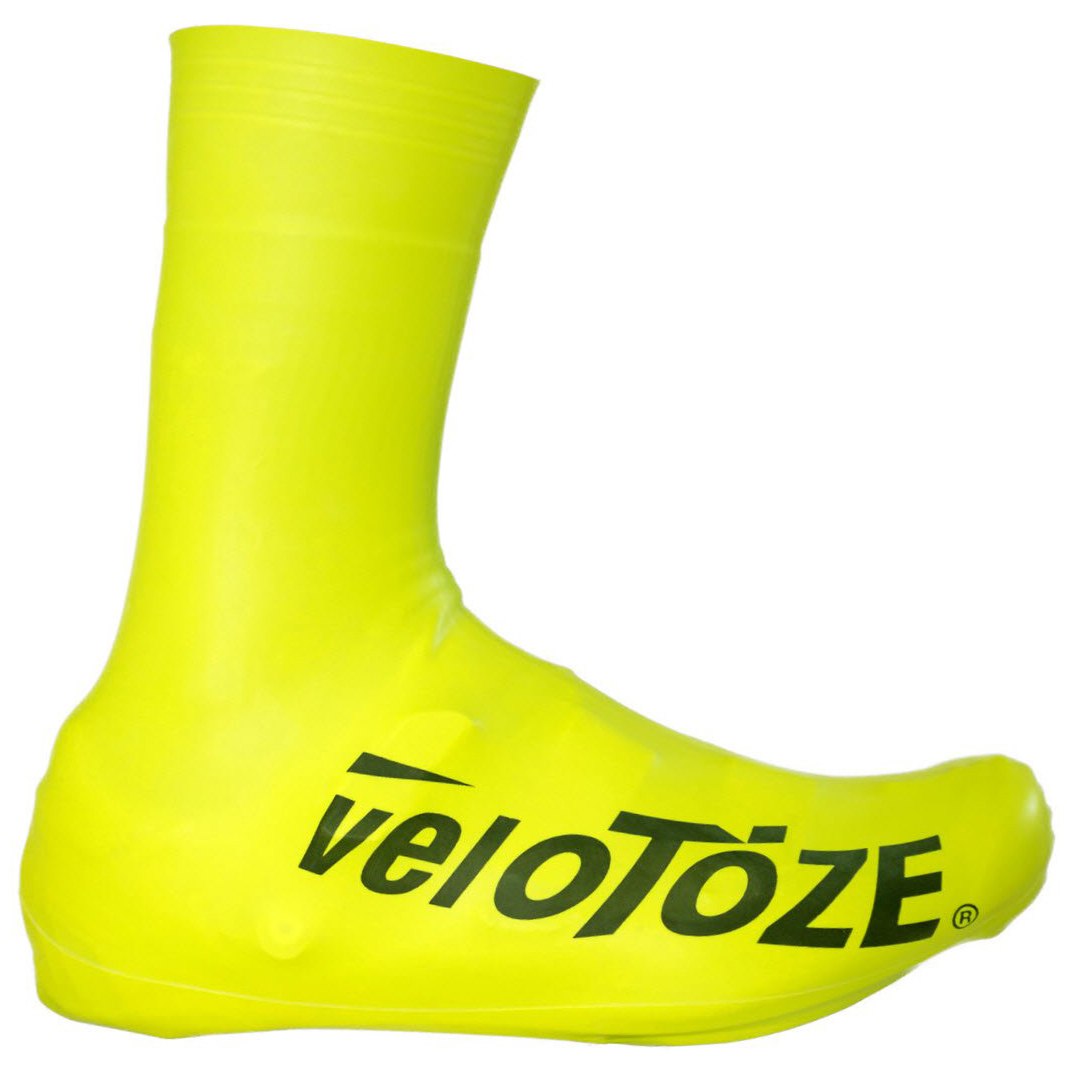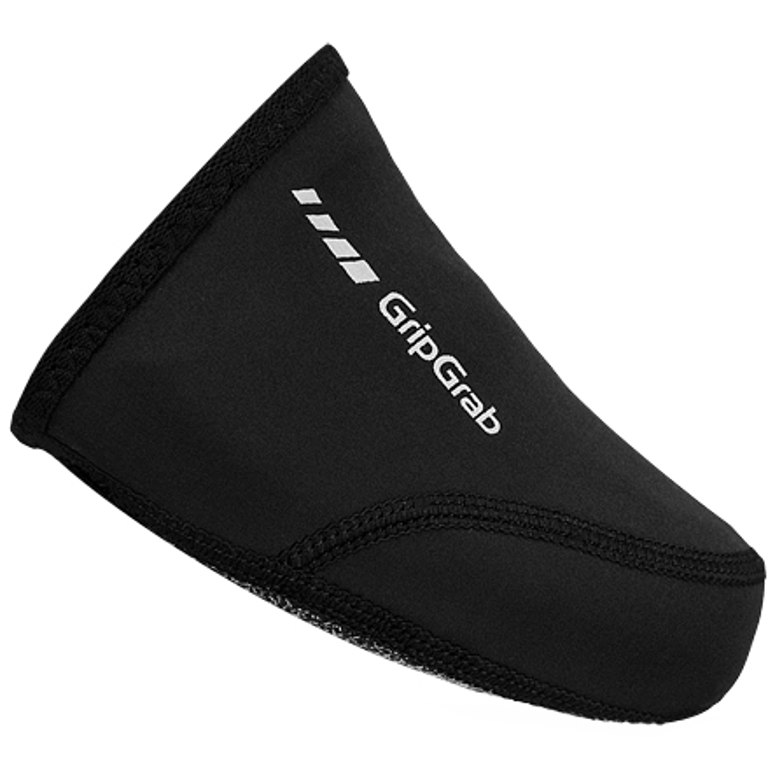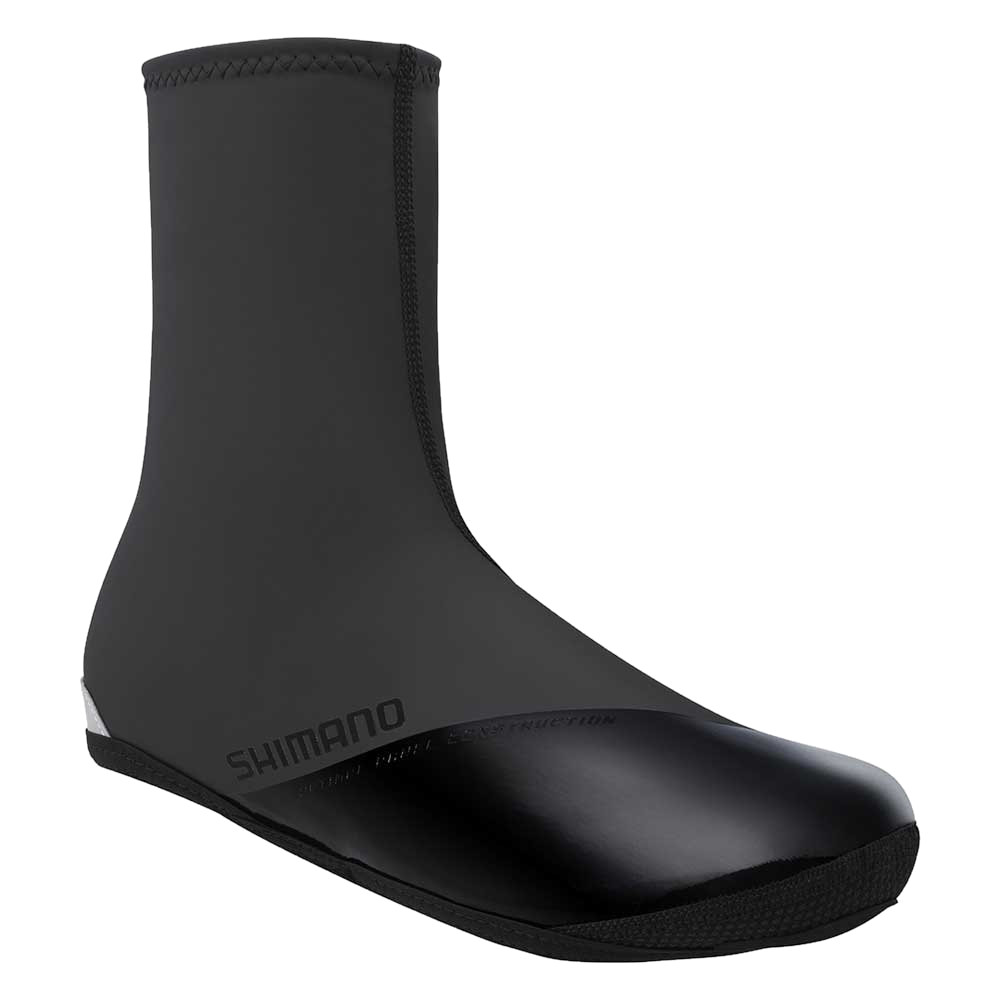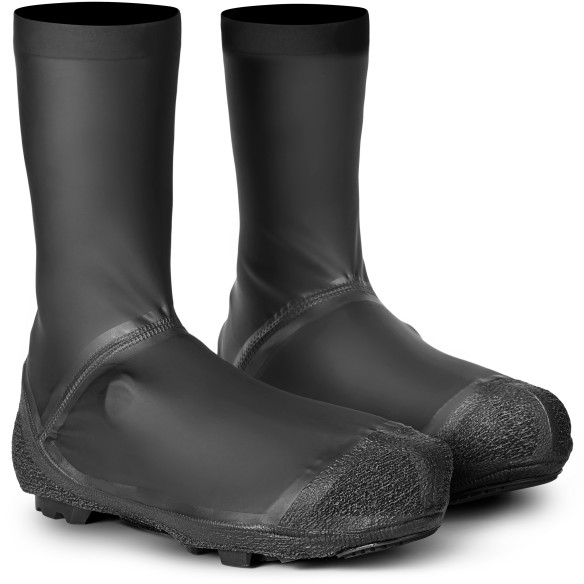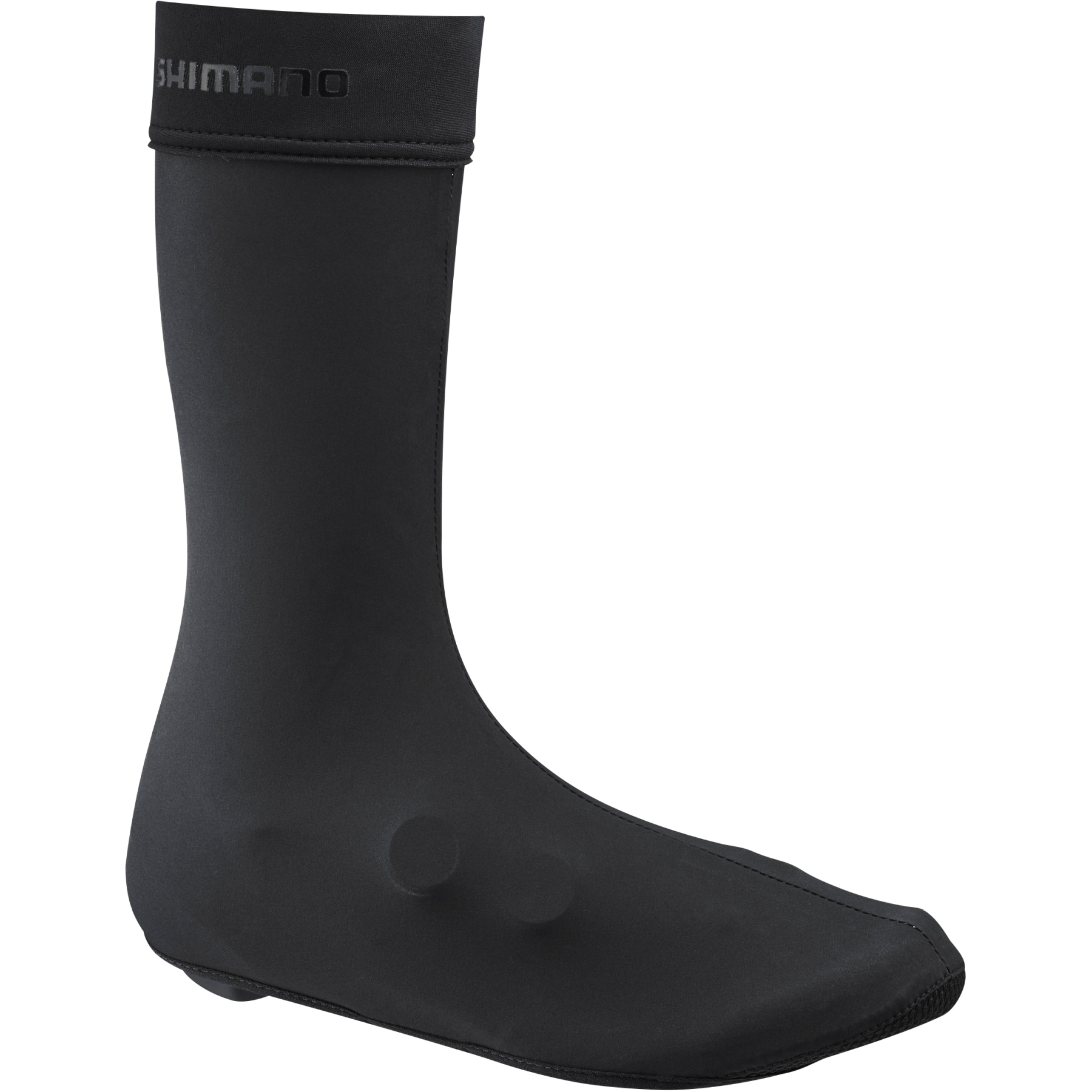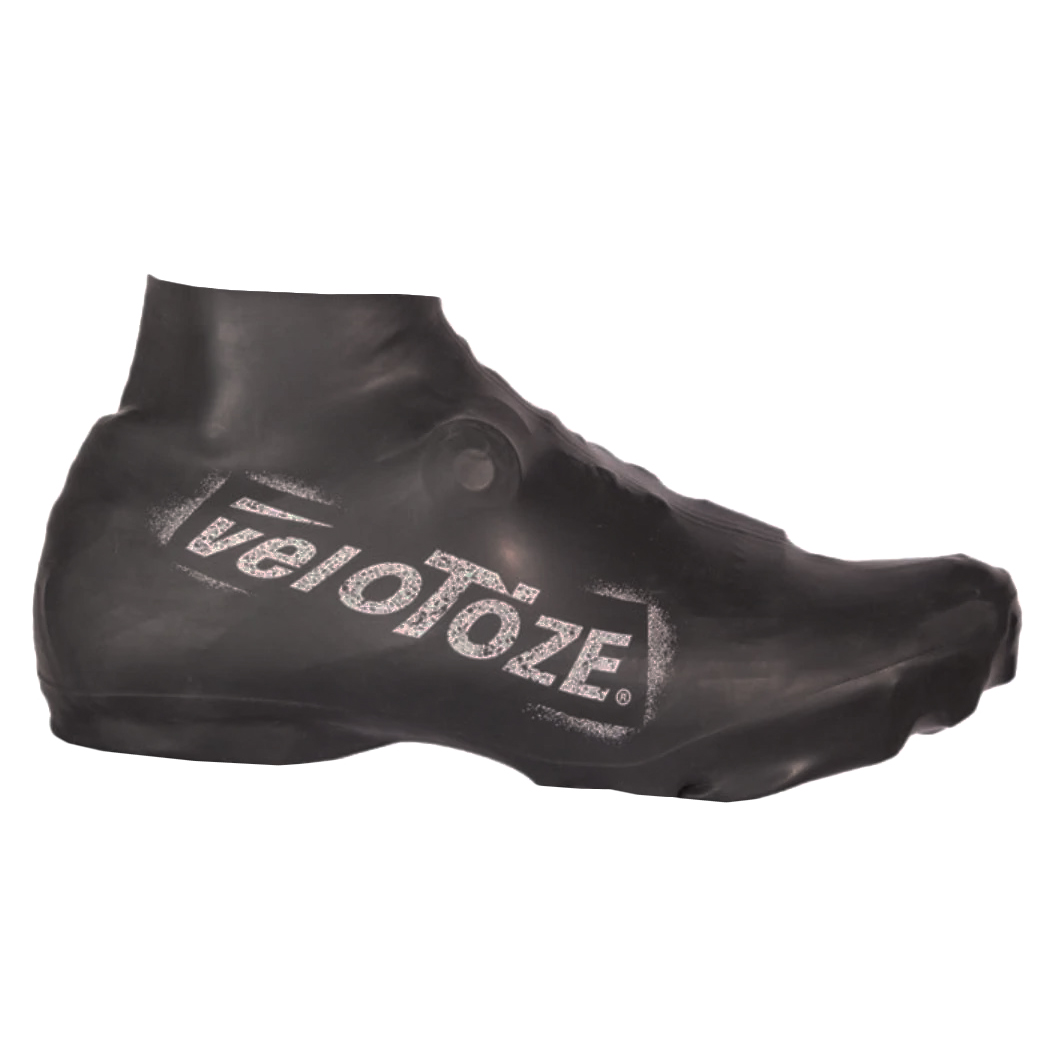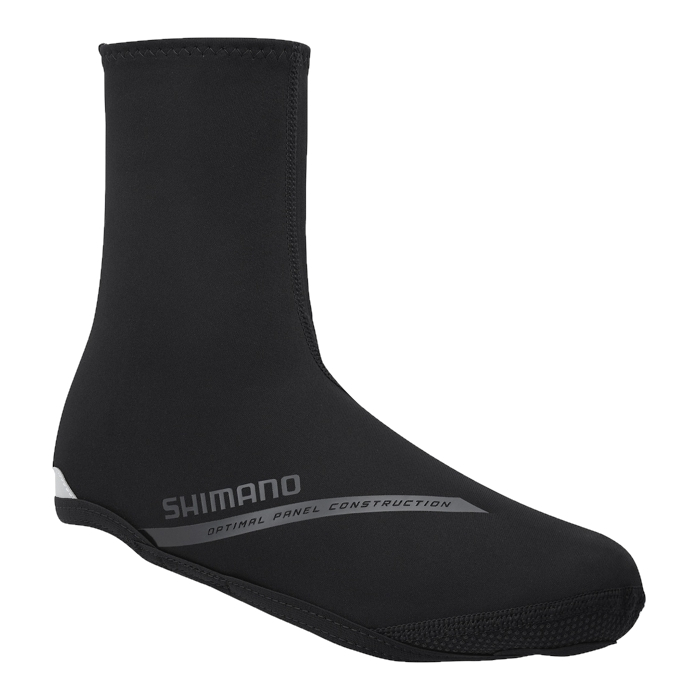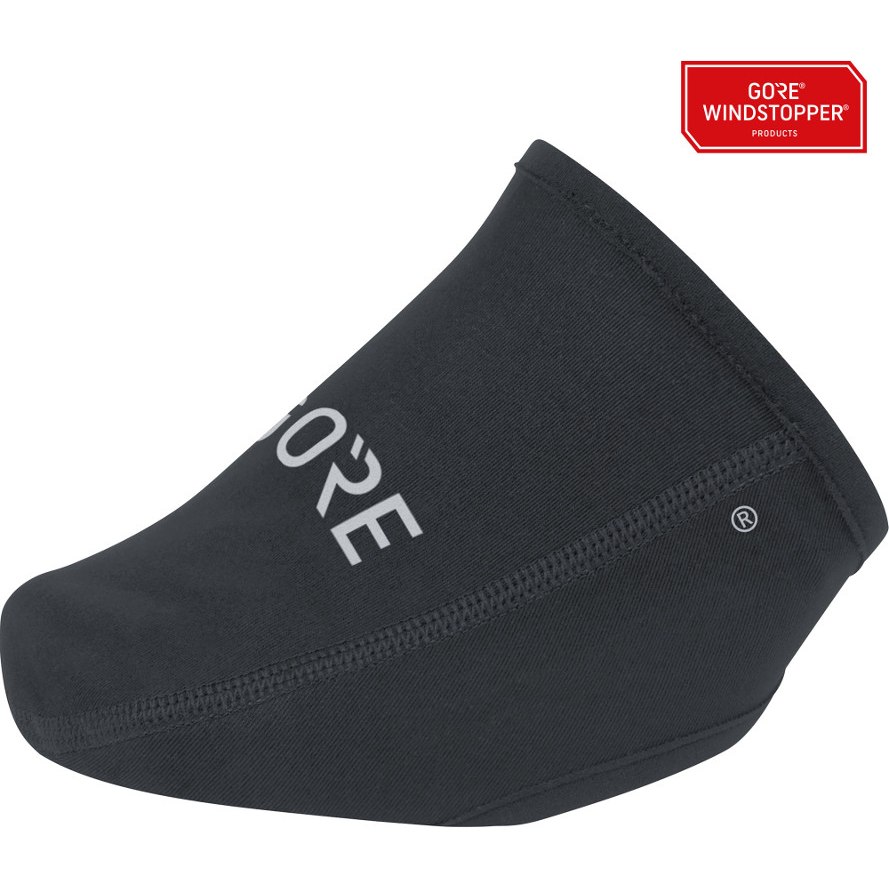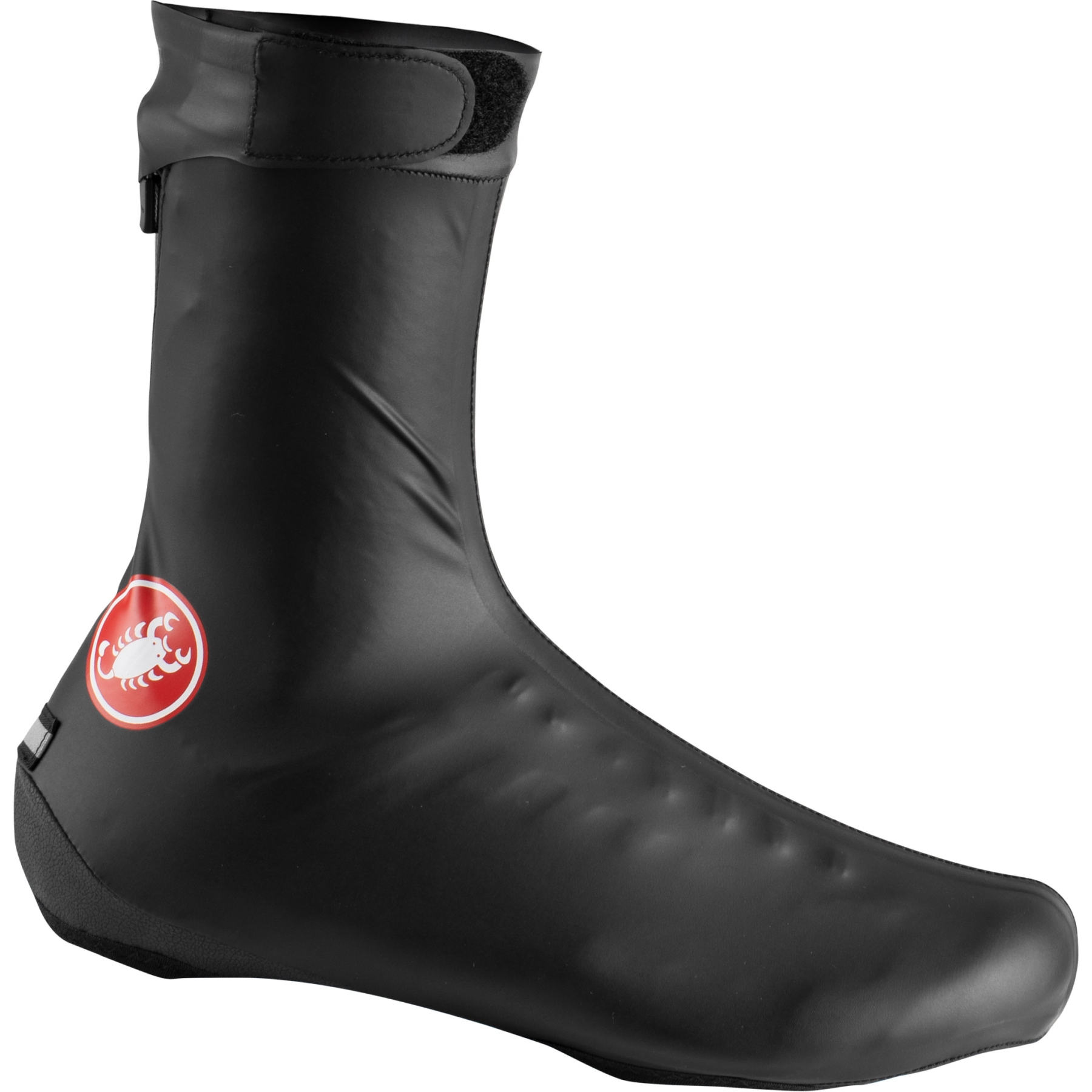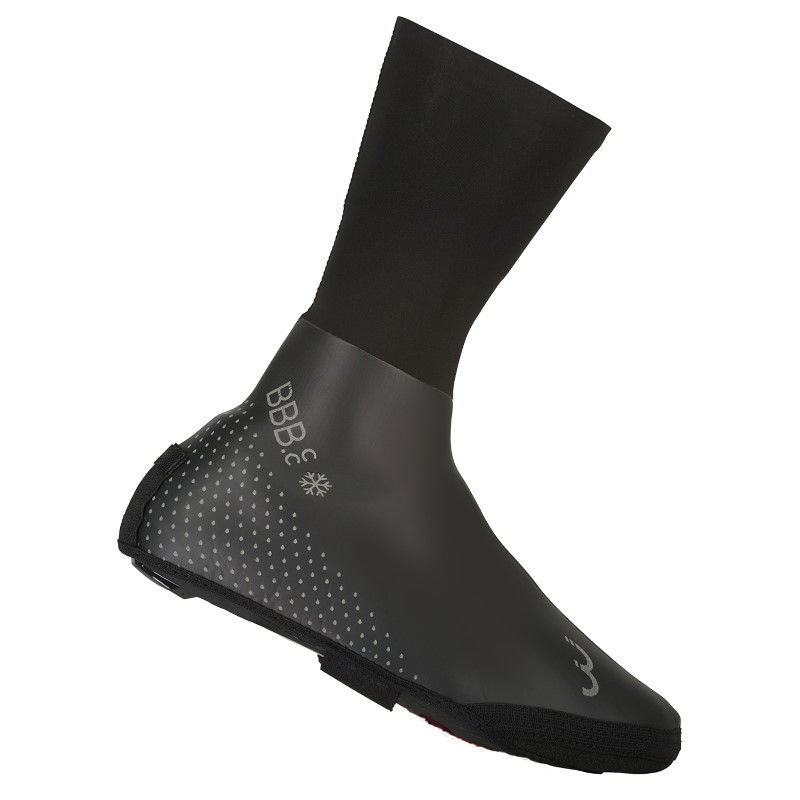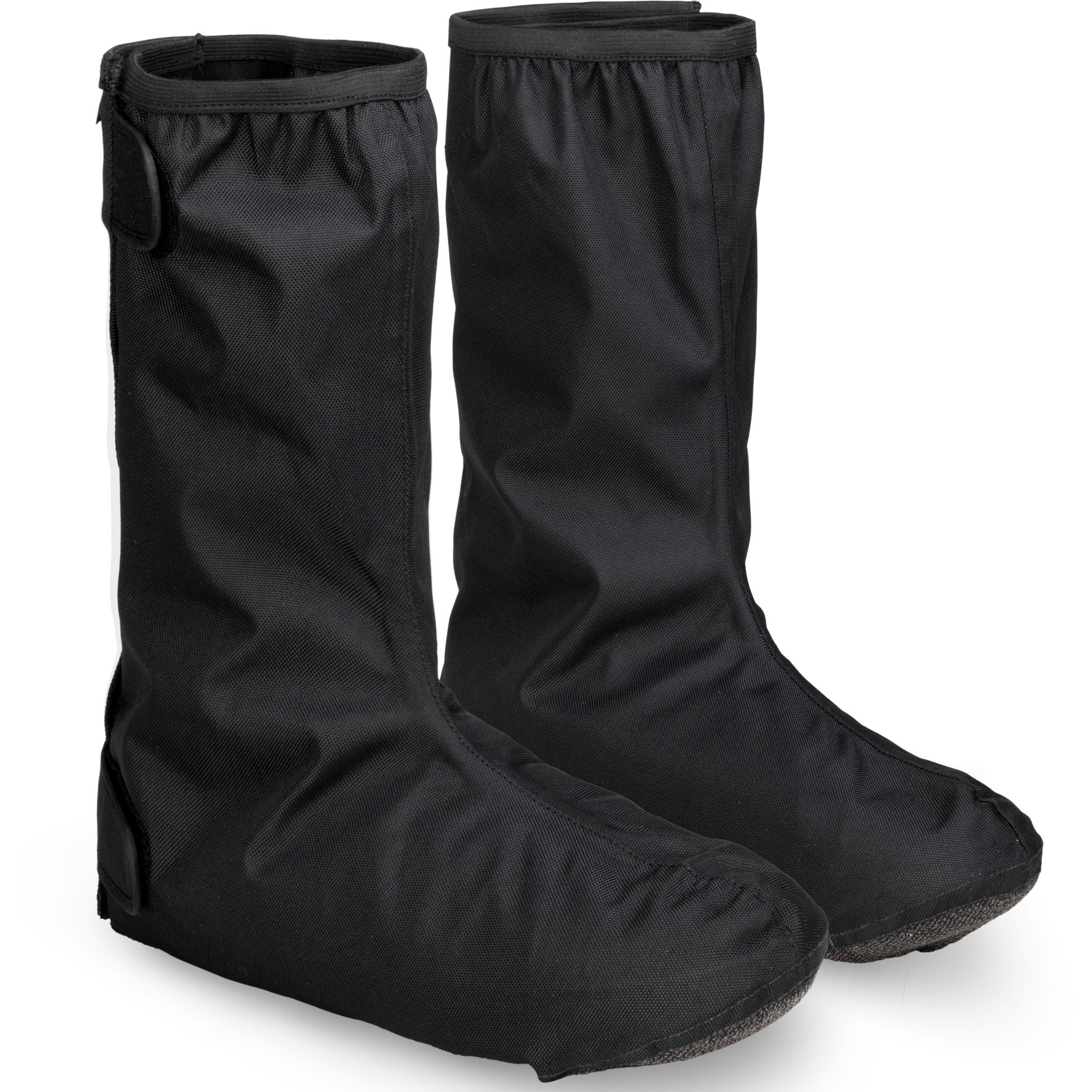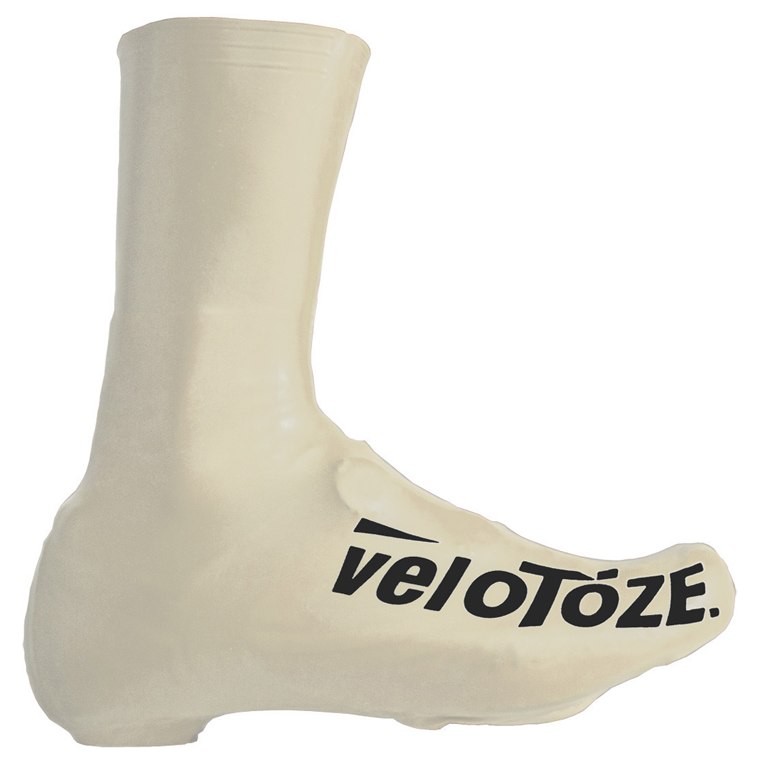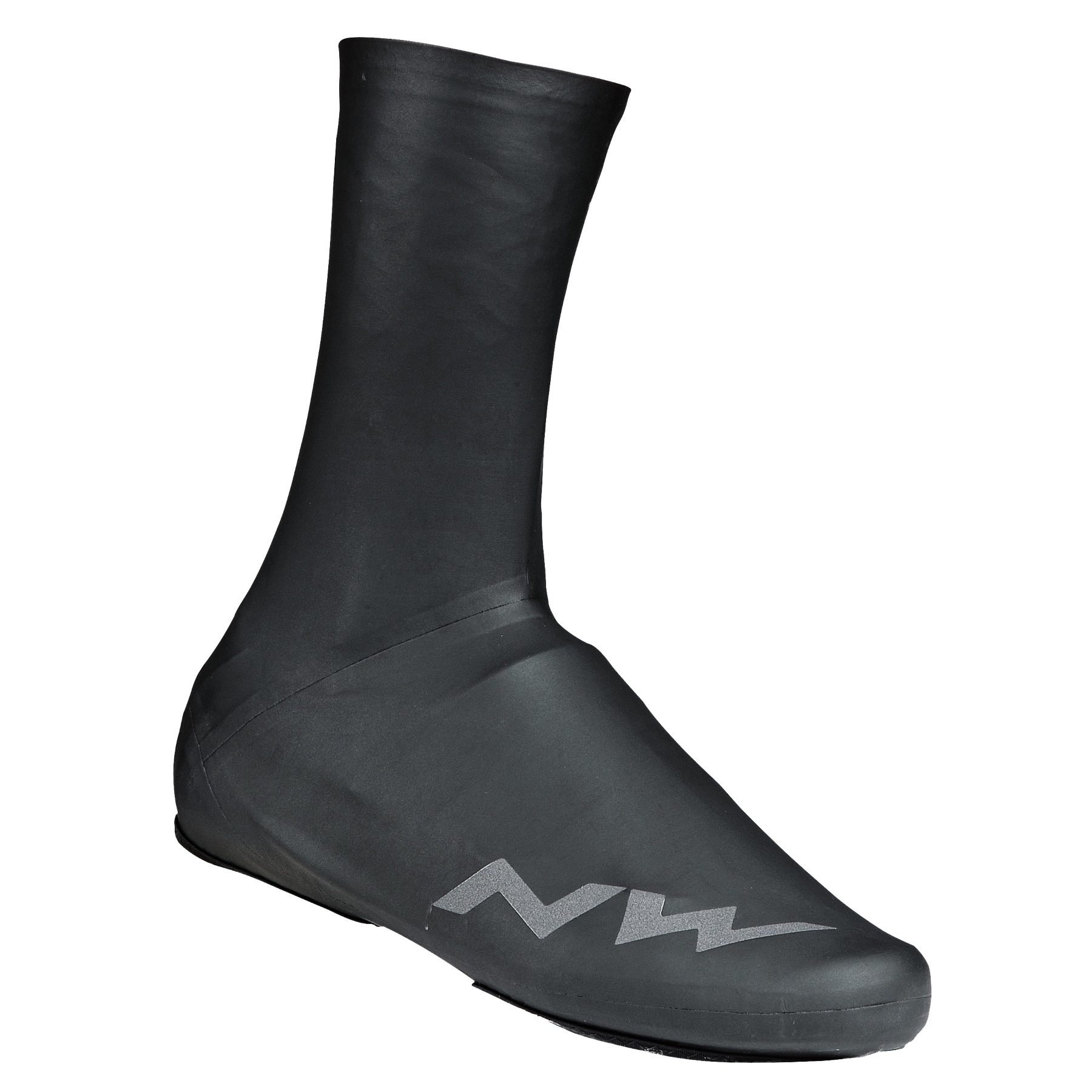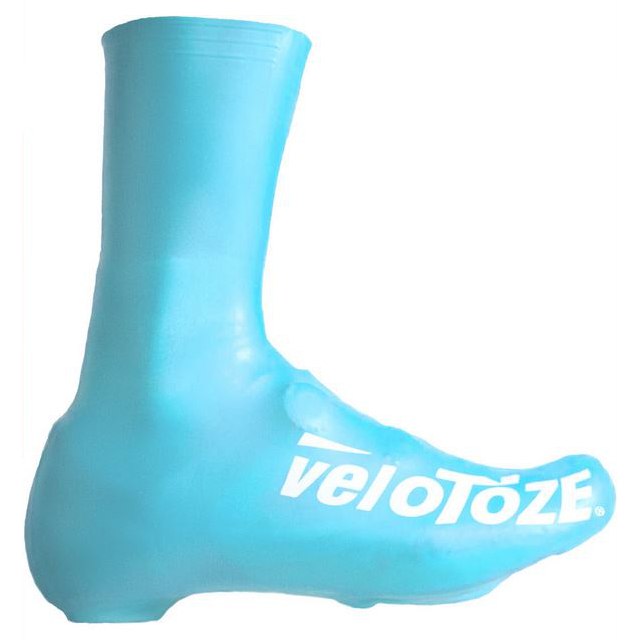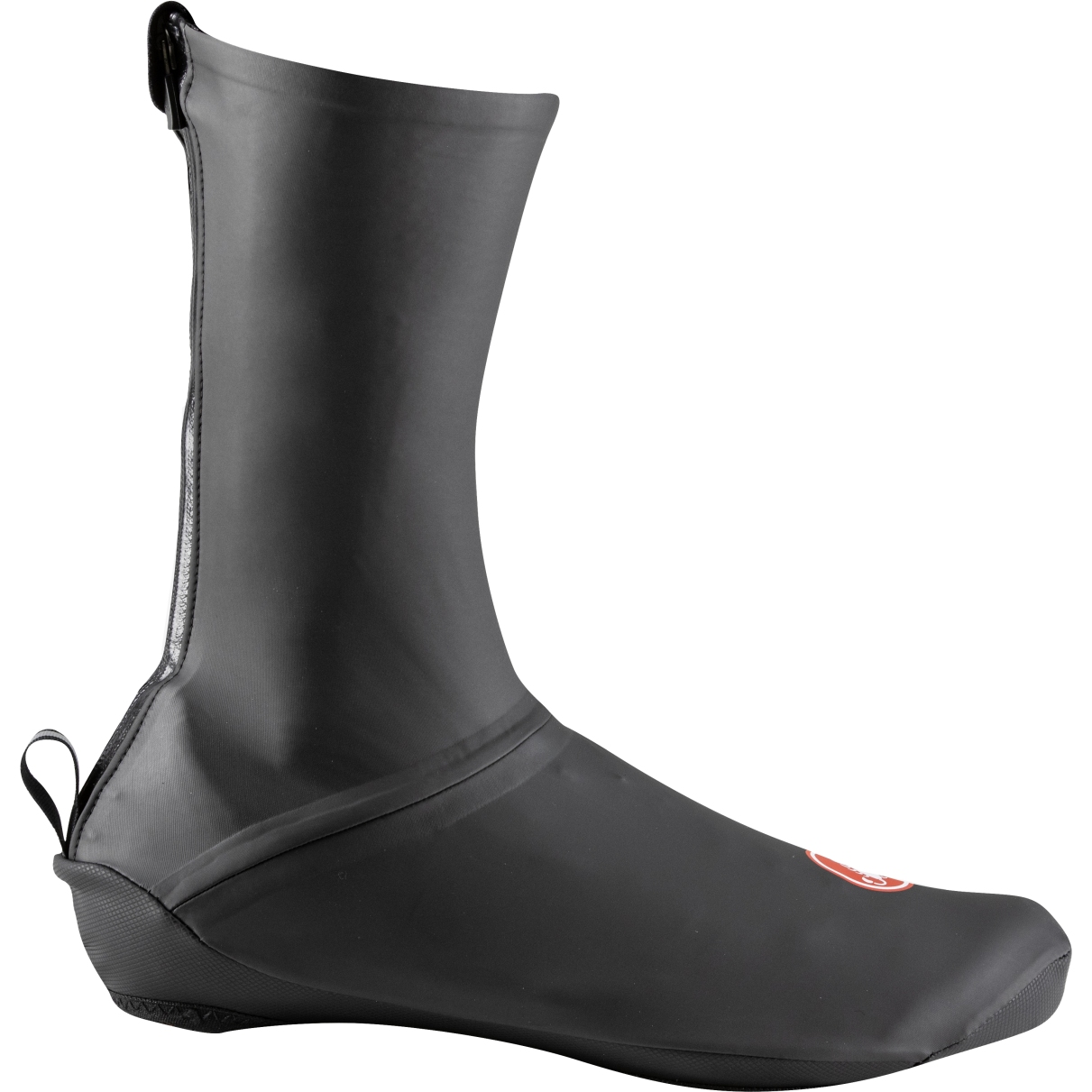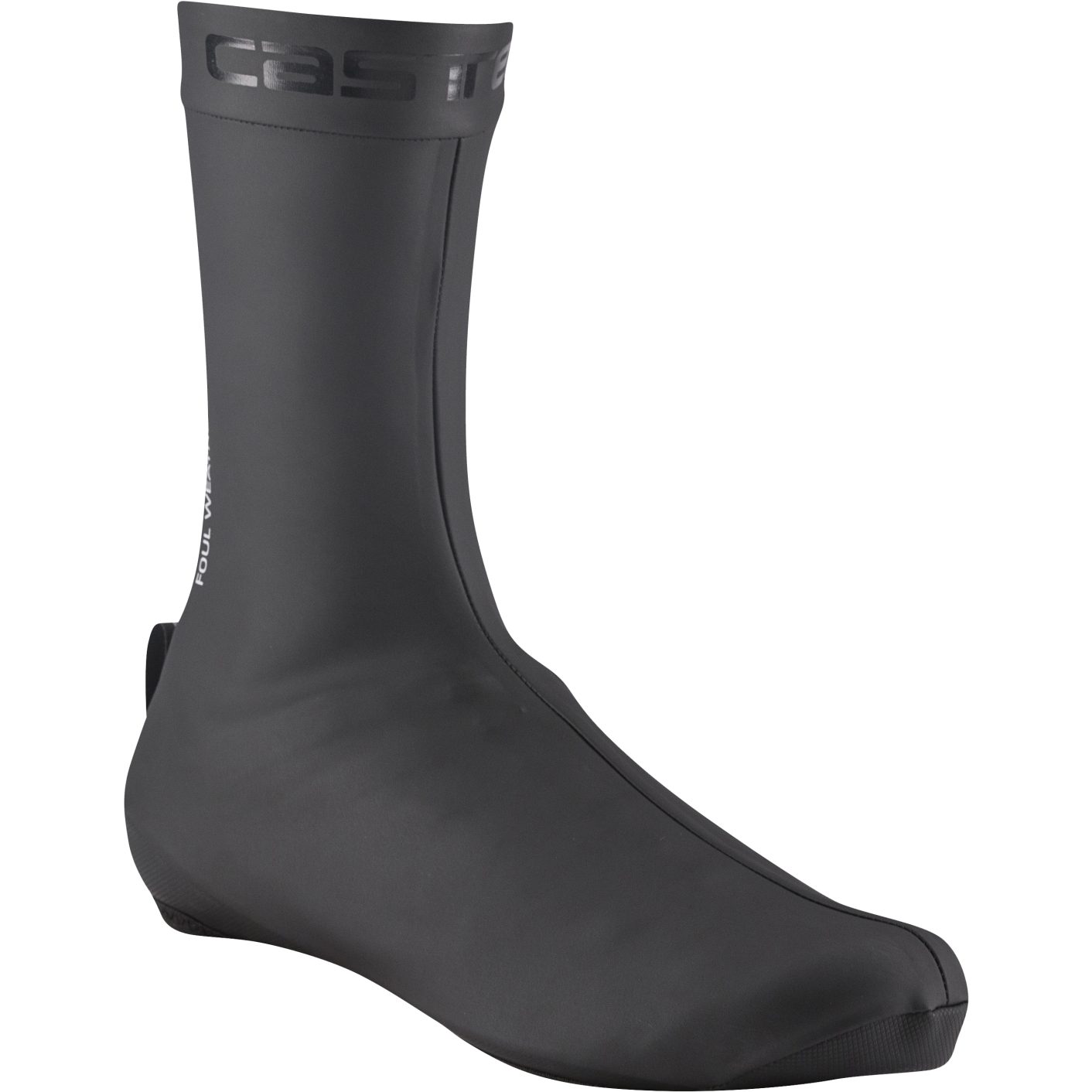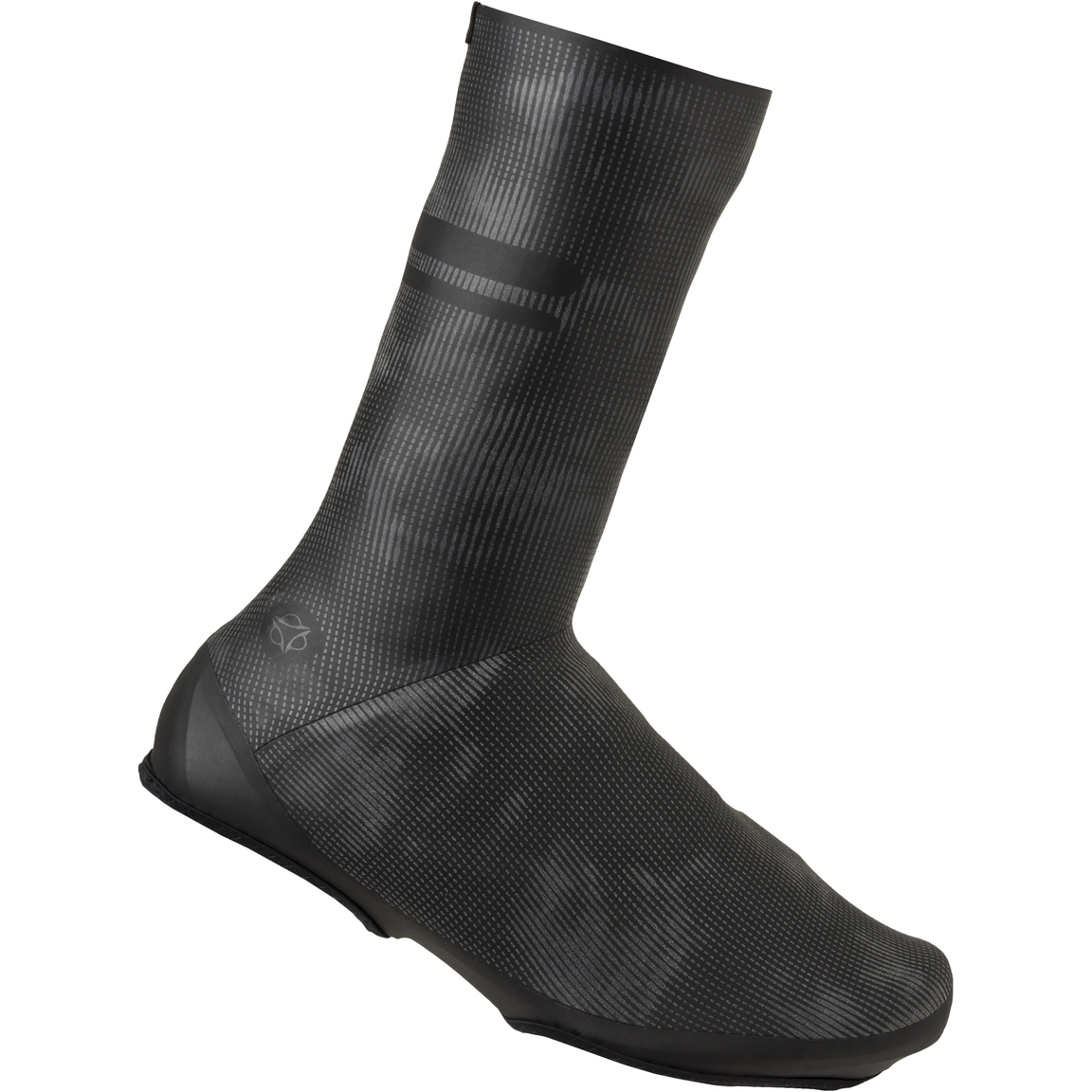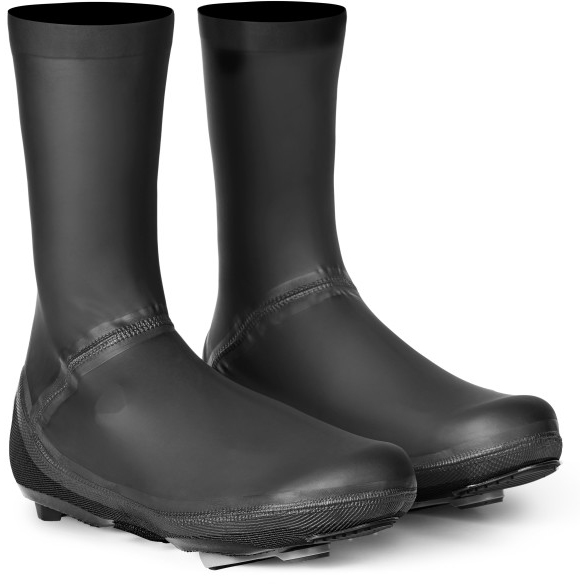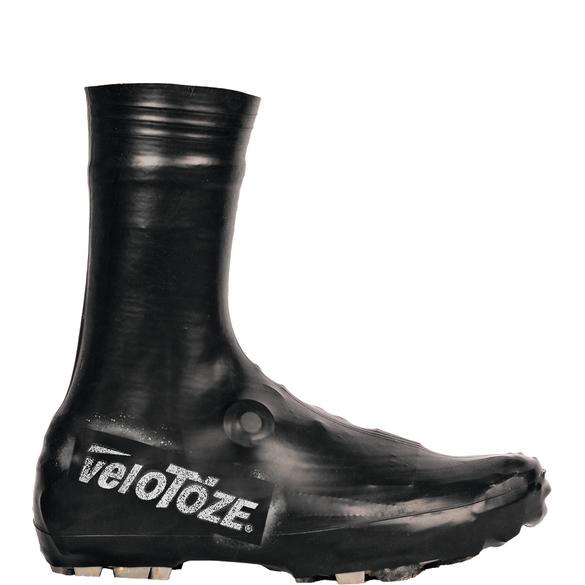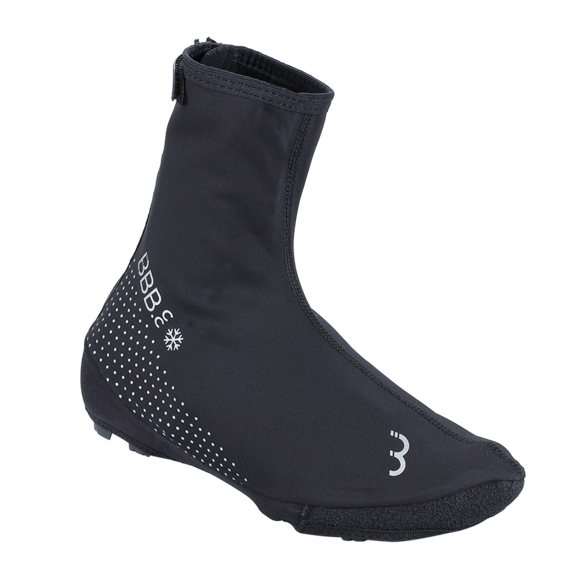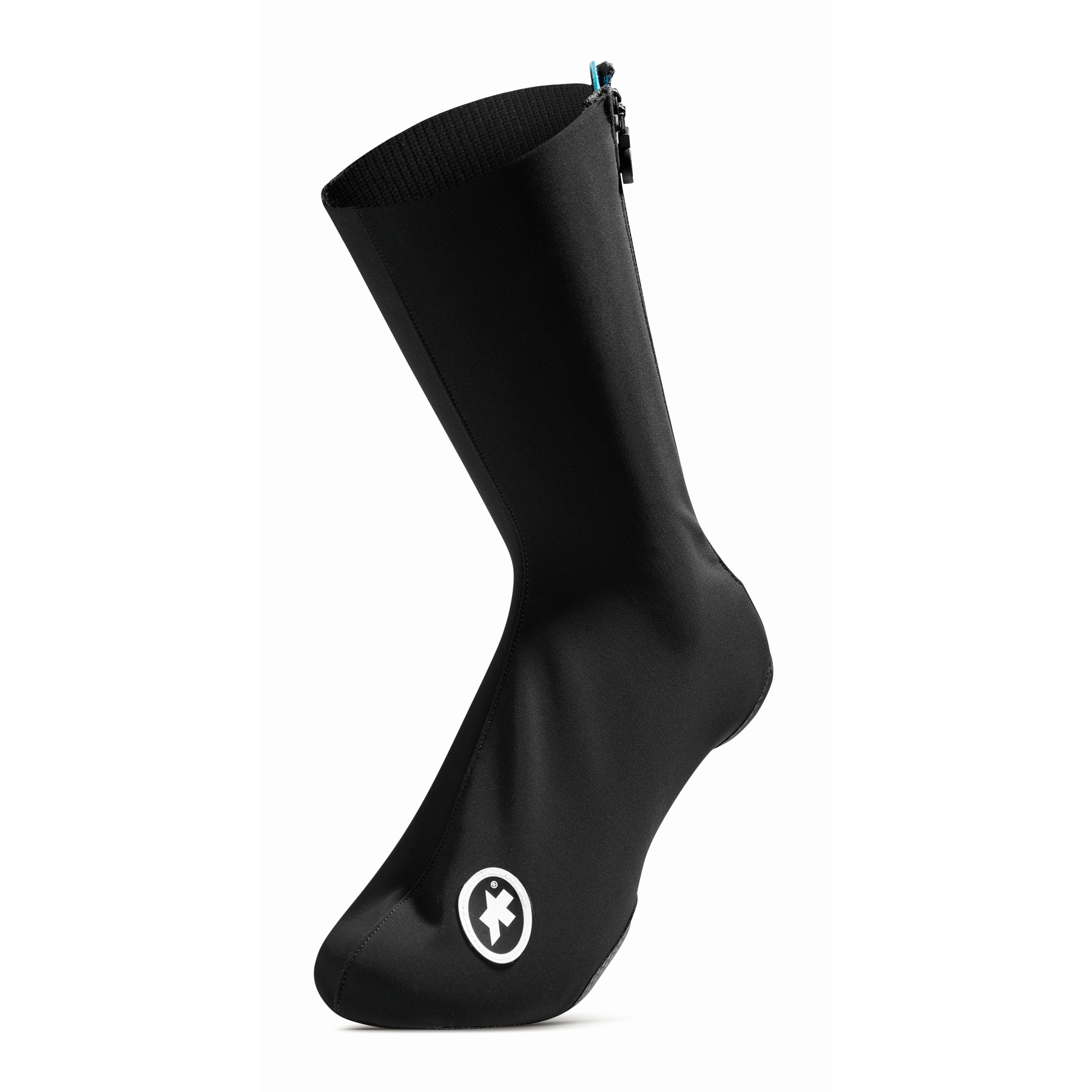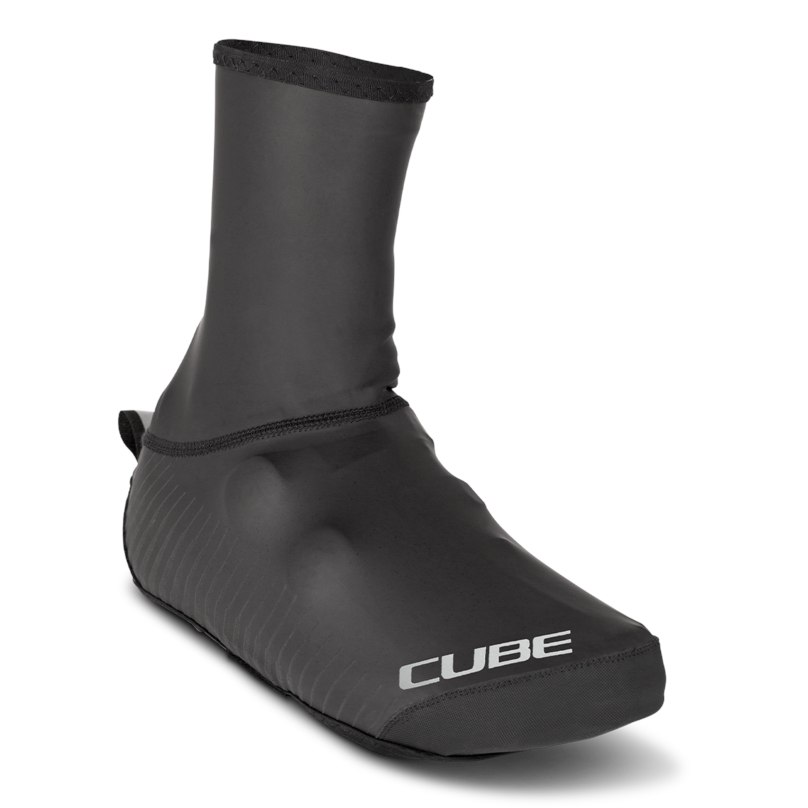- Home
- Cycling
- Clothing & Shoes
- Shoe Covers
Cycling Overshoes – Warm, Dry Feet Pedal the Fastest
Shoe covers are a practical addition to your cycling kit. They prevent your feet from getting wet and dirty and keep them warm to boot. Some models also come with reflectors to keep you safer when cycling in the dark. They can even optimise your aerodynamics. Read on to learn more about what cycling overshoes are used for and what types there are to choose from. Read more
Cycling Overshoes – The Different Types
Touring cyclists use them as much as road bikers. And you can see them on commuters or athletes riding cyclocross bicycles or gravel bike riders alike. It’s all about overshoes. They come in a variety of different types, suitable for the most diverse functions and uses, for this reason a lot of cyclists have them as part of their bike wear. And not without reason: cycling shoe covers come in handy in many different situations. They keep your shoes and feet dry when it rains, and protect mountain bikers’ shoes from getting dirty. They can improve your aerodynamics during races, and increase safety in the dark. You shouldn’t go without them in winter, as they’ll keep your feet warm even on longer rides. Find out just how diverse overshoes can be by reading our overview below.
Cycling Overshoes: An Overview
Waterproof overshoes: Cyclists mainly wear overshoes to protect their feet from rain, so these types are designed to be wind- and waterproof. They also often feature reflective details and water-repellent zip fastenings.
Toe covers: In addition to rain, cyclists’ feet may also need some protection against cold winds, and toe covers do just the trick. They only cover the front portion of the cycling shoe, meaning they’re easy to take on and off.
Winter overshoes: Similar to waterproof overshoes, this type is often made from neoprene, and there’s a good reason for this: it protects feet from splash water, and provides insulation to boot. Their heat-sealed construction provides additional protection.
Lycra overshoes: These kinds of overshoes are part of every road cyclist’s and time trialist’s basic kit. Not only do they protect expensive road cycling shoes in the event of a fall, but they also improve cyclists’ aerodynamics by creating a smooth surface for air to flow over. Without overshoes, cycling shoes and straps would disturb the air and create more resistance.
Top Tips – What to Look Out for When Buying Cycling Overshoes
As different as the uses and models are when it comes to overshoes, there are some features and characteristics that all types should have in common. To start with, they should feel comfortable and not press or pinch your feet. They shouldn’t be too tight as you don’t want them to move out of place when cycling, but they should fit well and be the right size for your shoe. Only if they meet all these criteria can they perform their complete role. Another important property of cycling overshoes is their waterproof coating – they should keep your feet dry however the weather turns out to be. This protection is provided by membranes, which both repel water and allow your feet to breathe. Last but not least, the quality of the material used plays a key role: it has to be durable and shouldn’t rip when under strain. We’ve put together a list of the most important properties of cycling overshoes below.
Key Buying Criteria for Cycling Overshoes:
The right fit: The overshoes you buy should be the right size and fit properly onto your cycling shoes.
Cut-out for cleats and sole: Where required, overshoes should feature a cut-out at the bottom for your cleats and sole. A cut-out for the sole is practical so you don’t wear your overshoes out too quickly when walking in them.
Easy on and off: Good overshoes feature a Velcro or zip fastening so they’re easy to take on and off.
Reflectors and reflective elements: If you use your bike on your daily commute, you should choose overshoes with reflectors, or at least ones in a bright colour, so you are easier to see in the dark.
Materials: Material plays a key role for the different kinds of overshoes. Aero overshoes are usually made from streamlined Lycra, whereas neoprene is the material of choice for winter overshoes.
Durability: This also comes down to the material used. Overshoes can become very worn with use, whether that be from pedalling or walking around when you’re not on the saddle. As such, you should opt for some with a bit of durability that don’t rip as soon as they’re put under a bit of stress and strain.
Cycling Overshoes – What Size Do I Need?
In addition to their properties and different uses, size should also play its part in your purchasing decision. In principle, you should buy overshoes in the same size as your cycling shoes, or one size bigger. This way, you can be sure that you can easily get them on over your cycling shoes. At BIKE24, we always indicate the sizes in the product description to help you choose the right size.
